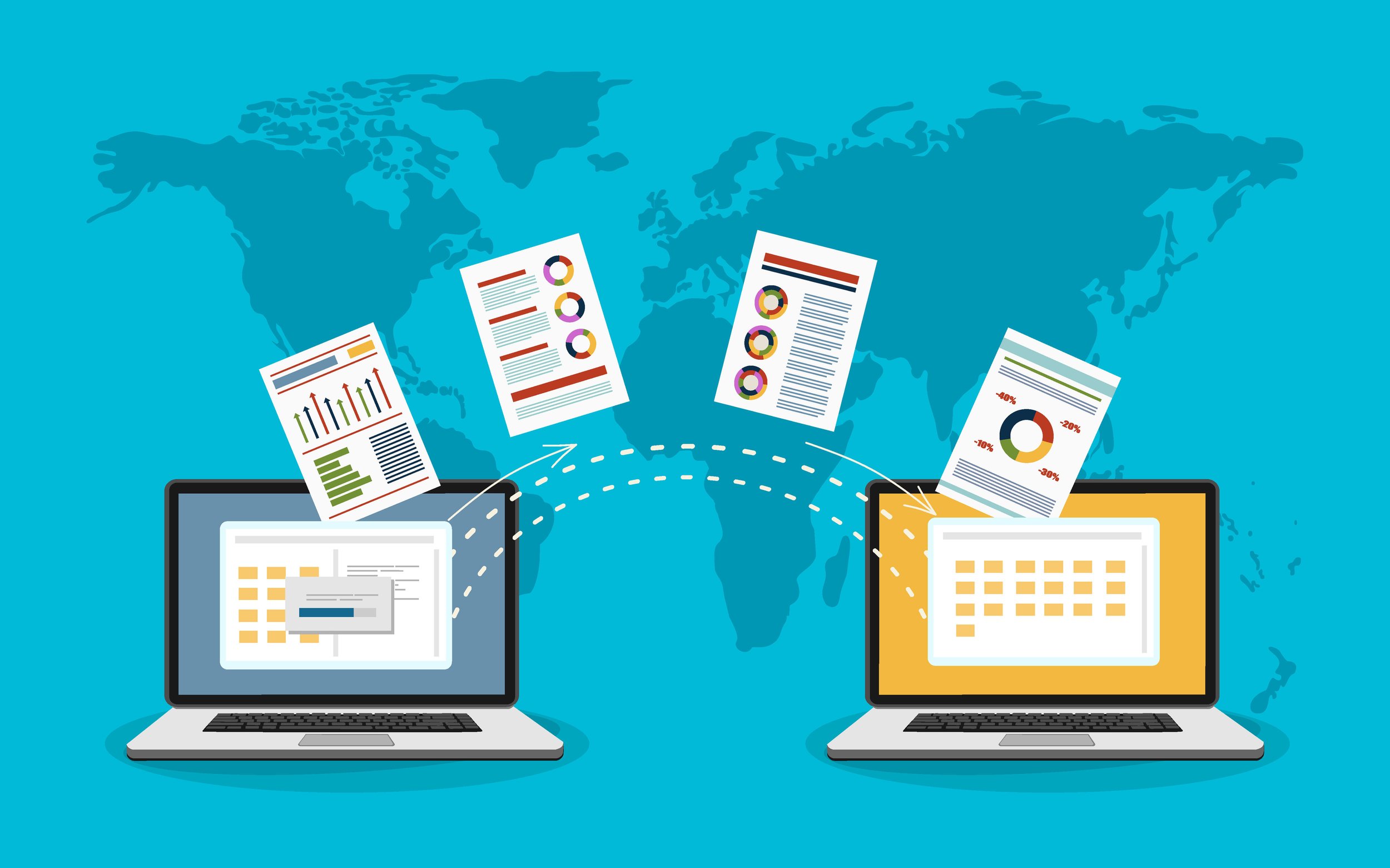The Role of a Neutral Connectivity Layer in the Modern Supply Chain
The food supply chain is a complex network of growers, processors, distributors, retailers, and foodservice operators. Each relies on its own systems, processes, and priorities. This diversity strengthens the industry’s resilience, but it also creates one of its most persistent challenges: getting those systems to communicate.
Even the most advanced ERP, warehouse, quality, or compliance platforms often struggle to “speak” to one another. The result? Fragmented data, manual workarounds, and delays at precisely the moments when fast, accurate decisions are critical.
A neutral connectivity layer addresses this challenge by acting as an interoperability bridge between systems. It doesn’t replace the technology companies already depend on. Instead, it:
Translates data into a common format (using standards like GS1 EPCIS).
Moves information securely across trading partners.
Reduces friction by letting companies continue using their existing tools and workflows.
Because the connectivity layer is not owned by any single company in the supply chain, participants can share data without fear it will be leveraged for competitive advantage. This neutrality fosters trust, breaking down barriers that have historically slowed collaboration.
The benefits of this approach are visible at every level:
Distributors can receive traceability data from dozens of suppliers in a consistent format, without forcing each one to change their systems.
Retailers gain real-time product movement visibility to meet FSMA 204 requirements, without introducing new steps for every supplier.
Growers and processors can respond to data requests instantly, without manual rekeying or costly one-off integrations.
And beyond compliance, the same connectivity enables shelf-life management, sustainability reporting, demand forecasting, and recall readiness—capabilities that deliver measurable ROI across the network.
When the conversation shifts from “Can we share this data?” to “How can we use this data to solve problems together?”, collaboration flourishes. Companies can:
Respond faster to recalls.
Adjust supply to match demand shifts.
Identify cost savings and waste reduction opportunities that benefit the entire ecosystem.
The opportunity is here. Organizations that align around this model now will be better prepared to unlock efficiency, strengthen food safety programs, and build more resilient supply chains.
If your organization is exploring ways to connect more effectively with partners while protecting your existing systems and data, now is the time to take the next step.
Start the conversation today: Explore how a neutral connectivity layer can help you streamline compliance, reduce costs, and strengthen collaboration across your supply chain. Connect with us at Starfish to see how we can help your systems—and your partners’ systems—speak the same language.
Written by Johnna Hepner
Johnna Hepner brings over 30 years of experience driving innovation in food safety and supply chain systems. She has held leadership roles at the Produce Marketing Association, Markon Cooperative, and iFoodDS, where she championed initiatives to enhance food safety, improve supply chain transparency, and advance digital adoption in the produce industry.


